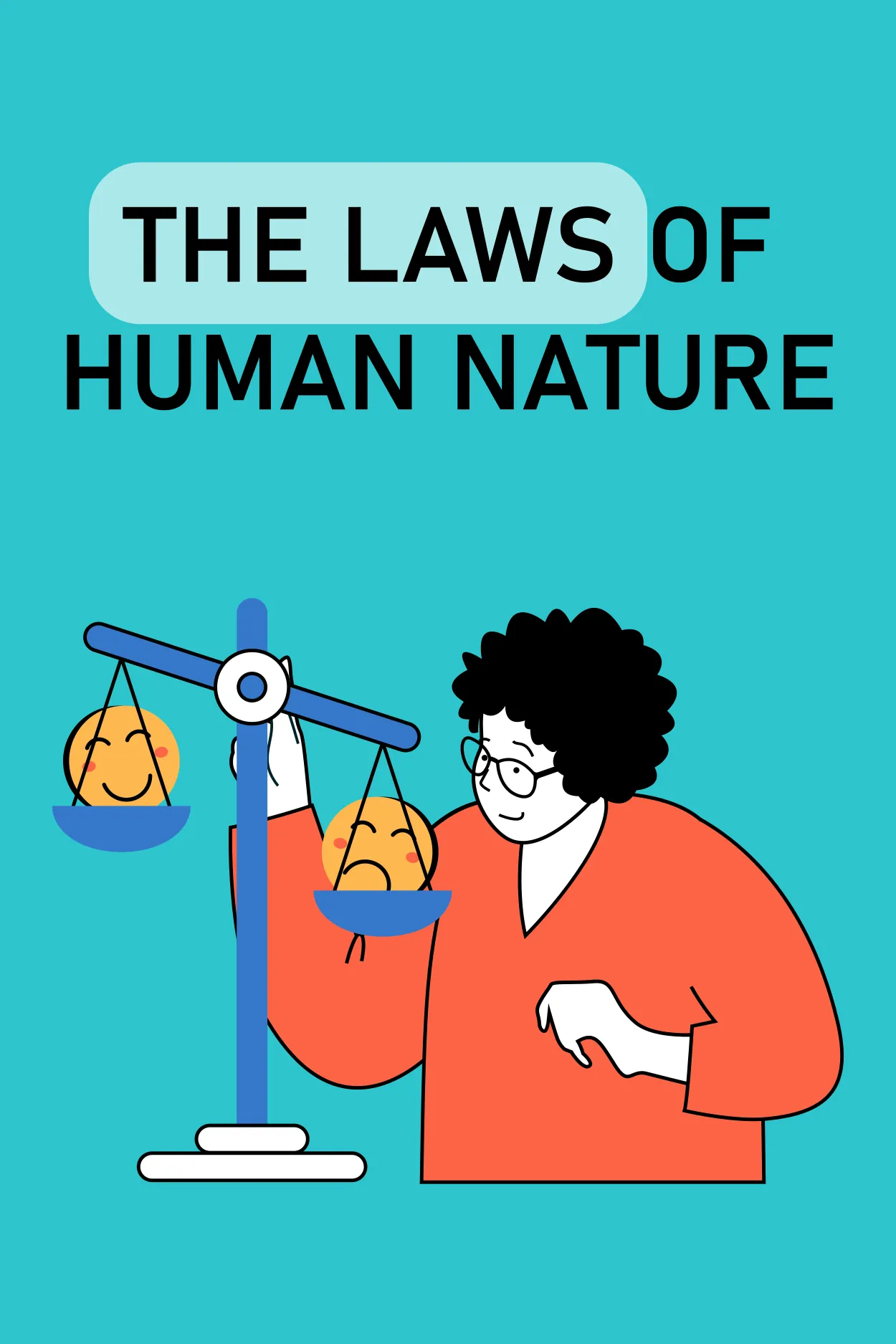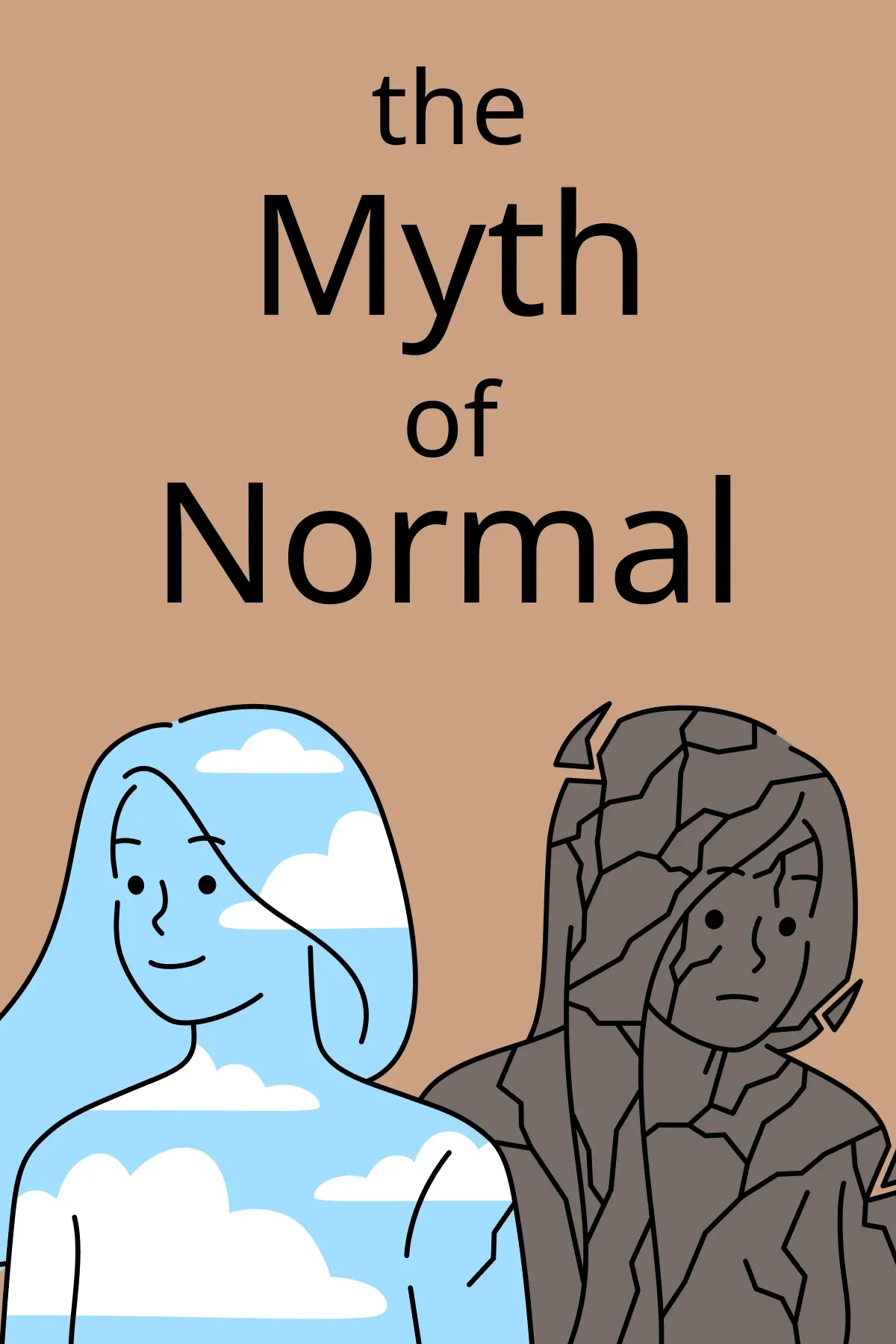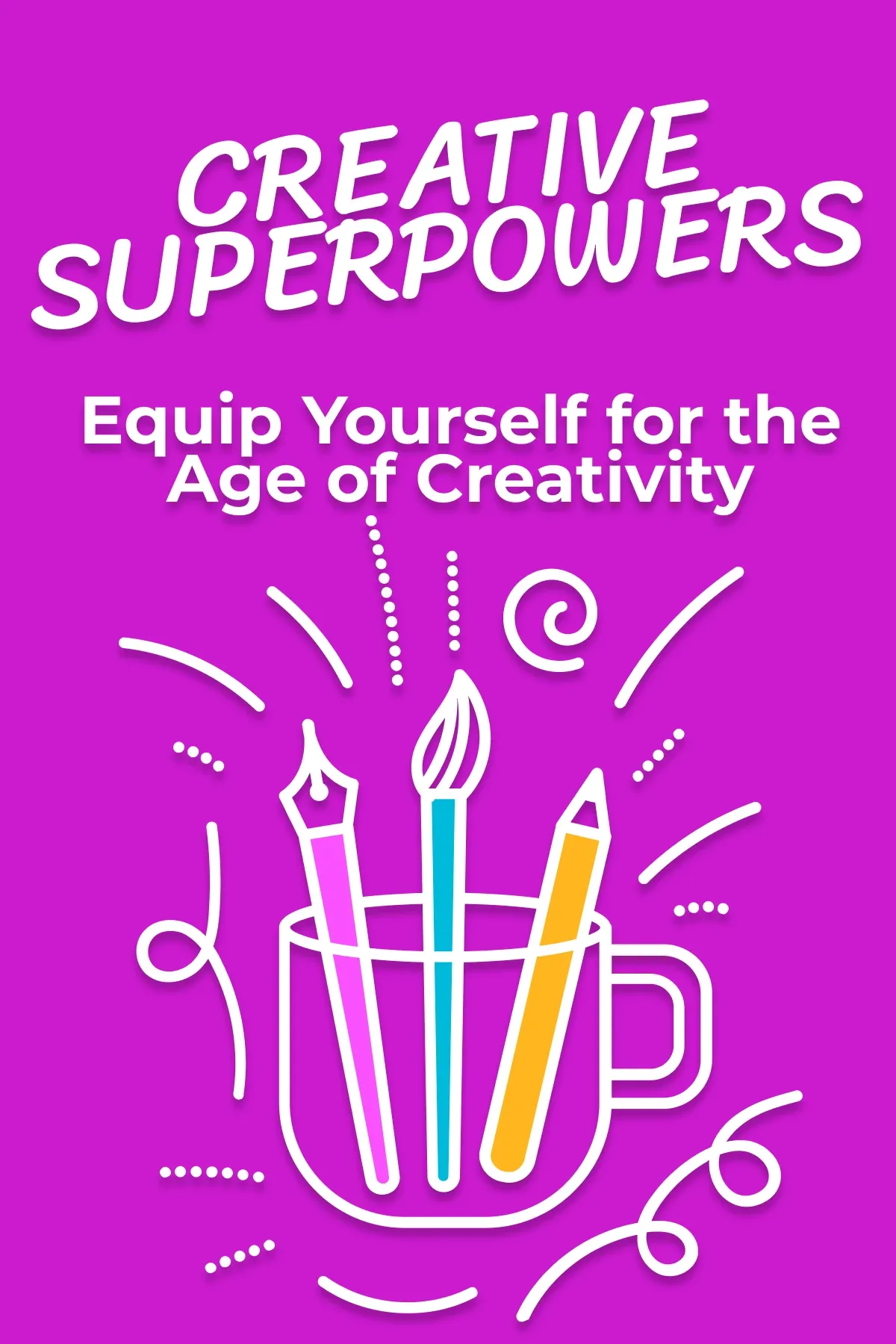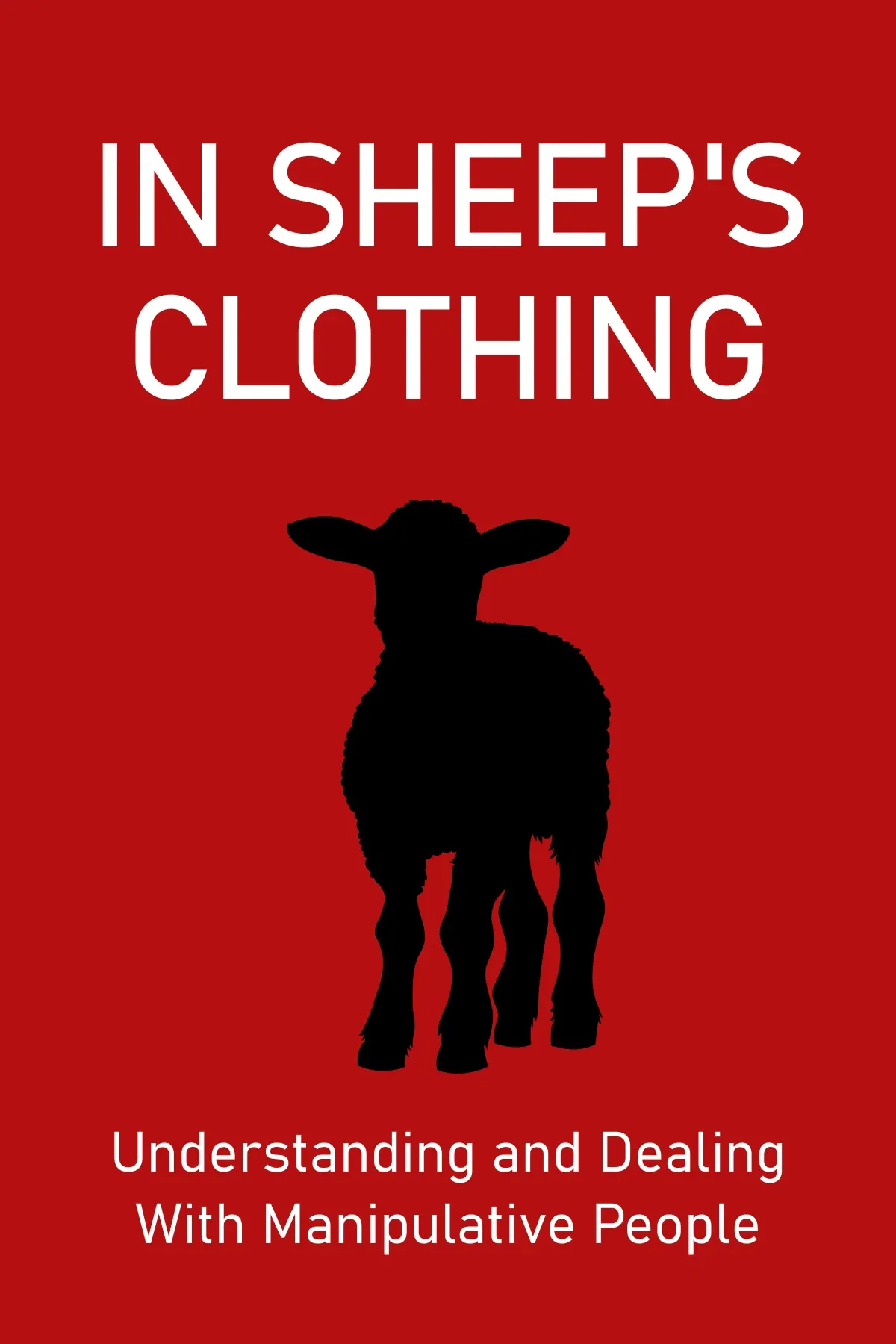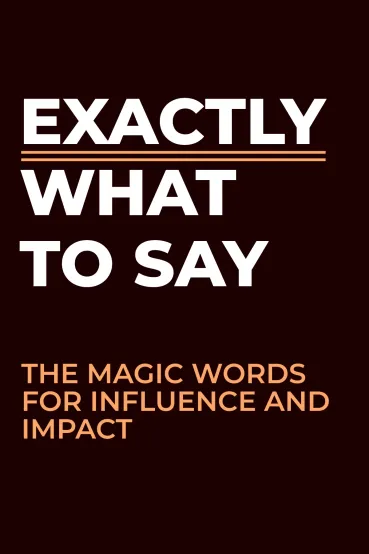
Exactly What to Say
Brief Summary
“Exactly What to Say” by Phil M. Jones provides readers with precise language tools to navigate personal and professional conversations. The book uncovers the art of influencing and directing dialogues to achieve successful outcomes. It's a must-read for anyone looking to improve their communication skills significantly.
Topics
Key points
Key idea 1 of 6
Imagine this: You've secured tickets for a much-awaited football game. You'd love your friends to join, but they hesitate, citing difficulty in reaching the venue. Here's where a powerful communication tool, “If I can… Will you…?” can make a difference. Suppose you say, “If I can arrange a comfortable ride for us, would you meet me at 7:00 p.m.?” This kind of strategic approach is also helpful in professional negotiations. For example, “If I can deliver the product by next week, would you consider paying in advance?”
Phil M. Jones calls such conversational techniques *magic words*. Their power lies in their subtle ability to guide conversations and promote collaborative discussions. These words directly connect with the subconscious mind, considerably influencing decision-making. Employing such phrases can benefit every area of life.
Switching gears to a situation where “no” is seemingly the final answer can be challenging. A softer, more effective method is to lead them towards “maybe,” paving the way for them to reconsider “yes.” The phrase to help you navigate this is, “Before you make your mind up…” It can help you navigate this situation. For example, “Before you make your mind up, let's go through the proposal carefully, ensuring we've discussed all relevant factors.”
Frequently, people may need more time to mull over their decisions. Often, this is merely a postponement strategy, deferring the decision-making process indefinitely. This approach gives you a lifeline. It lets the discussion continue, presenting the topic in a new light or bringing up missed details. This change can significantly shift the person's viewpoint, making them rethink a positive response.
Rather than directly asking, “What's there left to think about?” a more tactful question would be, “Just out of curiosity, what aspects are you considering further?” After asking your question, it's important to stay silent. This gives your peers some room to respond. Two scenarios might unfold.
First, they might express a genuine concern, which allows you to address it together. Alternatively, they might realize there are no barriers to moving forward, thus making way for progress. Using “Just out of curiosity…” as a preface turns a potentially confrontational question into a constructive, open-ended dialogue.
FAQ
You may also like these summaries







